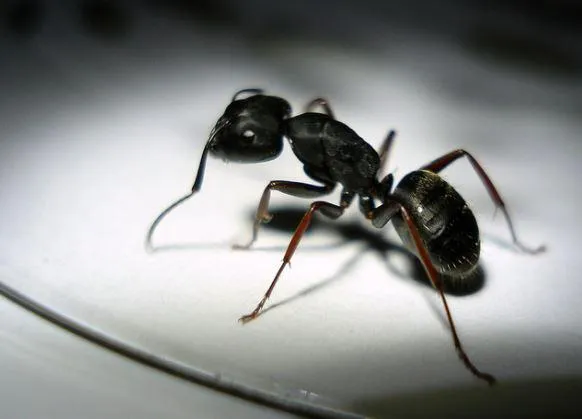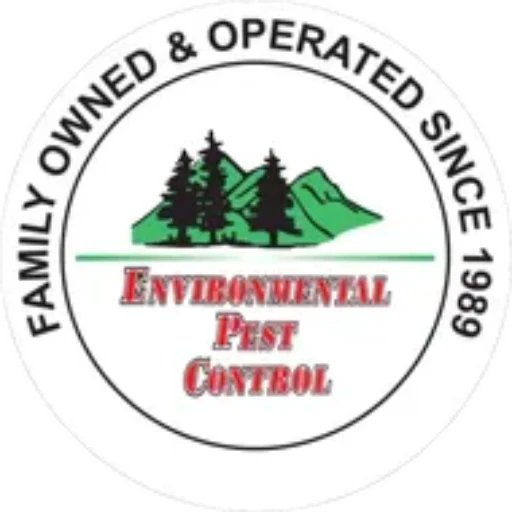THE 411 ON CARPENTER ANTS

From small pavement ants, which are just nuisances more than anything, to red fire ants with burning stings and potentially life-threatening reactions, these small insects can become big problems.
In addition, some ants are not only unappealing, but also damaging to your home. Carpenter ants, for instance, get their name because of their ability to burrow through wood, quickly damaging wood portions of your home.
Unfortunately, many people do not fully understand these hazards of carpenter ants. With this guide and the help of professionals, you will become more familiar with carpenter ants, their dangers, and how to control them.
Carpenter Ants Versus Termites
Many people confuse termites with carpenter ants, since they look similar. However, knowing the differences can help you diagnose which insect is affecting your home.
On average, carpenter ants measure between 1/8 and 3/4 inches. They are usually black or reddish black/brown in color. The shape of a carpenter ant’s body is also a bit different from a termite’s body. While termites have a rectangular body, carpenter ants have a well-defined waist, giving them an hourglass shape.
Both carpenter ants and termites have wings, but the ant’s wings are stronger – termites tend to lose their wings easily. Termite wings are also equal in size while the back wings of a carpenter ant are shorter than the front wings.
No matter which you see in and around the home, carpenter ants or termites should be taken seriously.
Signs of a Carpenter Ant Infestation
You will see visible signs around the home if you have a carpenter ant infestation.
Check baseboards, door and window frames, decks and porches, and cabinetry around sinks and plumbing fixtures for damaged wood or paint. Since carpenter ants prefer moist/damp wood, they are more likely to nest in these areas.
Once the ants bore through the wood, piles of wood shavings and sawdust may build up on the floors and surfaces around where their nests. Remember that carpenter ants do not eat wood like termites do – the ants tunnel through, so you may see actual holes/tunnels created in different wood surfaces.
Tapping different surfaces around the house can also be helpful in determining if you have carpenter ants. The wood may feel soft and hollow if carpenter ants have tunneled through.
Place your ear to different wood surfaces, as well. In some cases, especially if a large infestation is found beneath the surface, you may hear the carpenter ants rustling inside the tunnels.
Treating a Carpenter Ant Infestation
If you see carpenter ants or are noticing the signs of an infestation, contact your pest control team immediately.
The professionals can treat all nests with an insecticide that will not only kill the carpenter ants, but also the eggs. An additional inspection and treatment will be necessary if signs of carpenter ants are still present after two weeks.
Preventing Carpenter Ants
Protecting your home from carpenter ants is possible with a few preventative measures.
Make sure to store fire or project wood away in from the home. Cover the wood so it does not get wet. Also, trim shrubs and trees, so it is not too close to your home’s exterior.
Use caulk or silicone to seal up any cracks and openings in your home’s siding, crawlspace, and other foundation. Sealant protects the home from carpenter ants while also controlling moisture so your home is not as appealing to pests.
With proper understanding and a bit of professional help, you can protect your home from carpenter ants. For more information on diagnosing, treating, and preventing a carpenter ant problem, contact Environmental Pest Control today.
